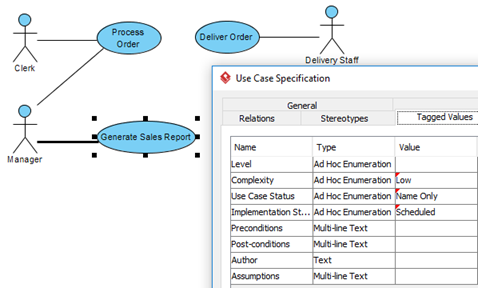Update Visual Paradigm to Latest Patch
Upon receiving a problem report or request of enhancement, we do our best to make the necessary changes. You will then be suggested to update your Visual Paradigm installation to the patch release, in which the fix or enhancement has been made.
In this article, you will see the update instructions. Before you proceed, please note that a patch release is made to cater specific users for a specific fix/change. You should update to patch ONLY if you are suggested by Visual Paradigm. We do not recommend users to treat patch update as a daily routine. Read more


